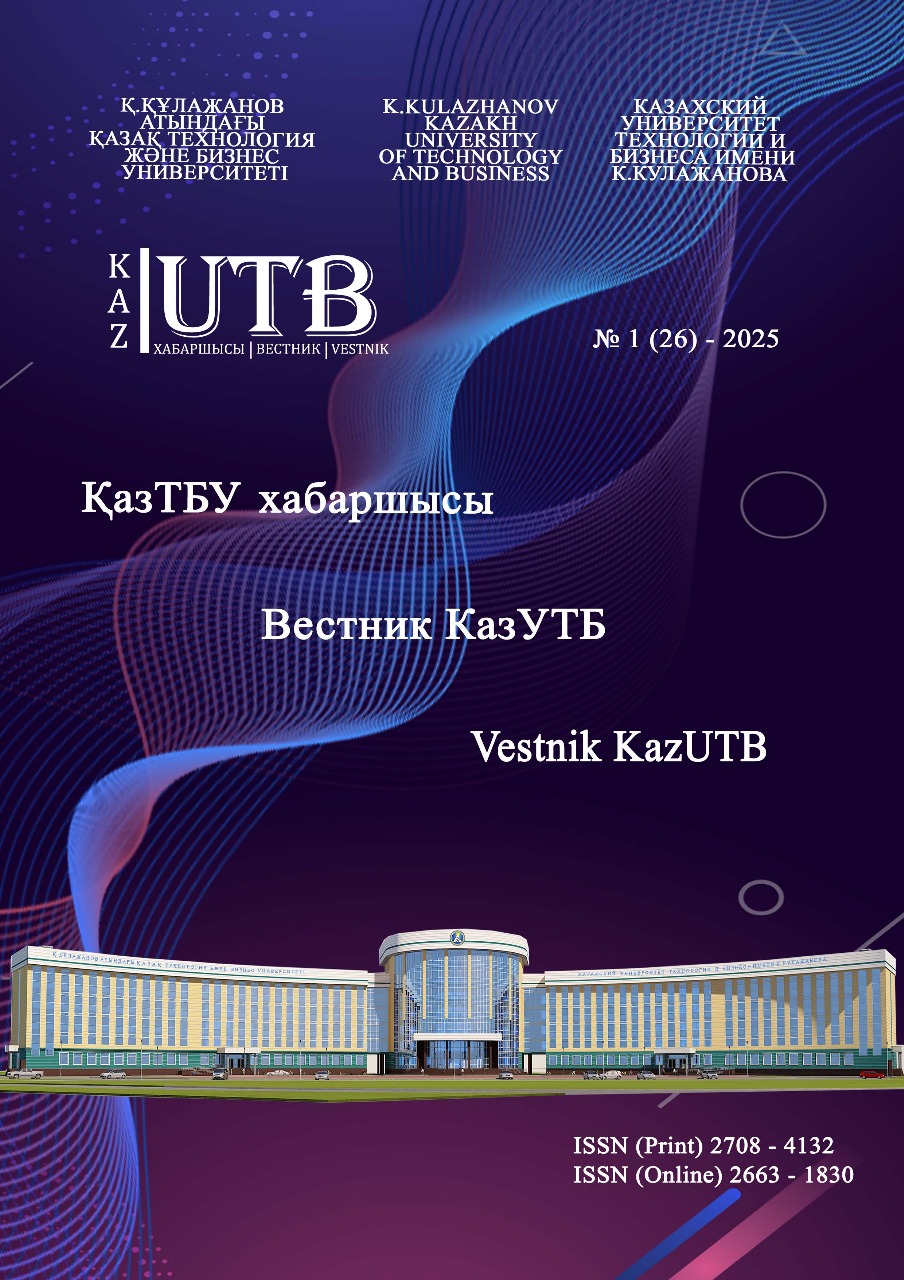Меню


Information and communication and chemical technologies
No. 1 (26) - 2025 / 2025-03-31 — Updated on 2025-03-31 / Number of views: 52
STUDY OF THE PHYSICOCHEMICAL PROPERTIES OF FULVIC ACID SOLUTIONS
Authors
Keywords
coal, fulvic acid, membrane purification, dialysis, adsorption, organic acids
Link to DOI:
How to quote
Abstract
The article examines the extraction and purification process of fulvic acids derived from oxidized brown coal from the Maikuben deposit using the Forsyth method. The purification process includes stages such as adsorption, ion exchange purification, and dialysis, with activated carbon (Coconut) serving as the adsorbent. The physicochemical properties of fulvic acid and its neutral dilute solutions were analyzed using infrared (IR) and nuclear magnetic resonance (NMR) spectroscopy. The study focused on the unique composition of fulvic acid, determining the content of trace elements and essential organic compounds functioning as nutrients. The reliability of the results is confirmed by the consistency of repeated experiments and the application of alternative analytical methods. In addition, antioxidant properties of fulvic acid were determined, which opens up new prospects as biologically active additives and pharmaceuticals. Forsyth's method has demonstrated its effectiveness, allowing to obtain a purer product with fewer losses compared to traditional purification methods. This approach demonstrates the potential for developing environmentally friendly technologies for extracting valuable substances from domestic coal resources. Further research in this area will substantiate the specific properties and patterns in the interaction of fulvic acid with other inorganic compounds, and expand the potential for application.




